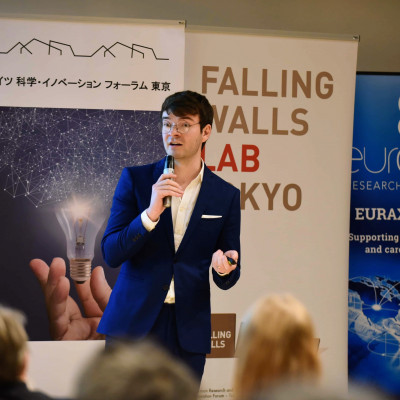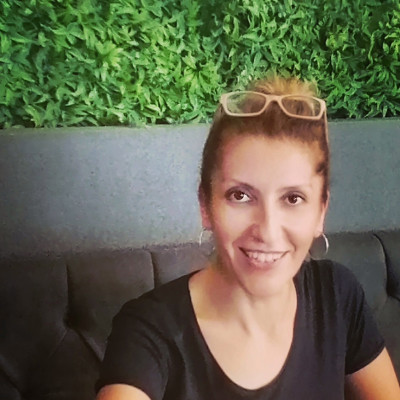Sessions / Video Playback 17

Creating and Maintaining Group Cohesion Online #787
The creation of a cohesive group is essential for a successful classroom. The abrupt transition to online classrooms creates barriers to that cohesion, forcing classroom teachers to adapt or risk losing the positive, encouraging atmosphere they work so hard to create. The survey-based research presented here provides Japanese university students’ perspectives on the group cohesiveness of eLearning cohorts in the COVID-19 era, along with recommendations for increasing the level of cohesiveness in online classes.


Transferring Self-Directed Learning Skills Online #788
In this talk, we demonstrate how second language learners in higher education can transfer their self-directed language learning skills to an online environment over the course of a self-directed effective learning module. We provide examples of how they use these skills to interact with their peers online, and how it helps them to develop 1) awareness of approaches to learning, 2) awareness of facilities, roles, and resources, and 3) awareness of self.





Students’ Experience of Emergency Remote Teaching #794
This study details the student experience of livestream lessons and on-demand lessons approaches to Emergency Remote Teaching (ERT) in the English classes in one faculty of a large private Japanese university. 1212 responses to a mid-semester survey were collected from students. The survey asked students to rate the usefulness of teacher-created videos, Google forms, Flipgrid, online vocabulary programs, and live-streamed lessons. Major findings were that students tended to favour on-demand lessons over livestream lessons.


Study Abroad Interrupted: What now? #793
This presentation investigates the attitudes of students enrolled in a long-term study abroad program which was cut short due to COVID-19. The students then faced continuing their study online in an ERT format in Japan. It will explore how student needs evolved, what challenges were identified and dealt with, and how motivation to study changed. This presentation will be of interest to Fall 2020 instructors whose students' dreams of study abroad have been interrupted.




Emergency Remote Teaching: Reflecting on Practice #797
New educational conditions in a context of Covid-19 have required teacher reflection on how learning can be effectively supported. This qualitative study examined how teachers had adapted practices to support student engagement and learning. Data were collected via one-to-one semi-structured interviews with 10 teachers. Using a thematic analysis, the examination uncovered variability in teaching experiences, perceptions on learning, and professional development needs. The variability among teachers may be insightful and may resonate with other teachers.

Barriers in Upskilling Behind the Mask of COVID-19 #811
The purpose of this presentation is to provide the attendees with a perspective on how teachers managed virtual teaching during the Covid-19 pandemic despite the emotional and technological barriers they have faced in Izmir,Turkey. The needs of this “emergency distance teaching” period and the importance of solution partners will also be included. Recommendations by the data collected from a survey will be discussed for the betterment of online delivery performances.



Researching Using YouTube for Required Assignments #791
Due to the Covid-19 emergency, the Osaka City native English teachers (CNETs) were tasked with creating supplemental video lessons for all of Osaka’s public elementary 4th, 5th and 6th graders and all junior high school students. We made 36 videos in total. Using YouTube data metrics, we were able to assess how many students actually viewed the videos and get detailed data on their viewing habits.